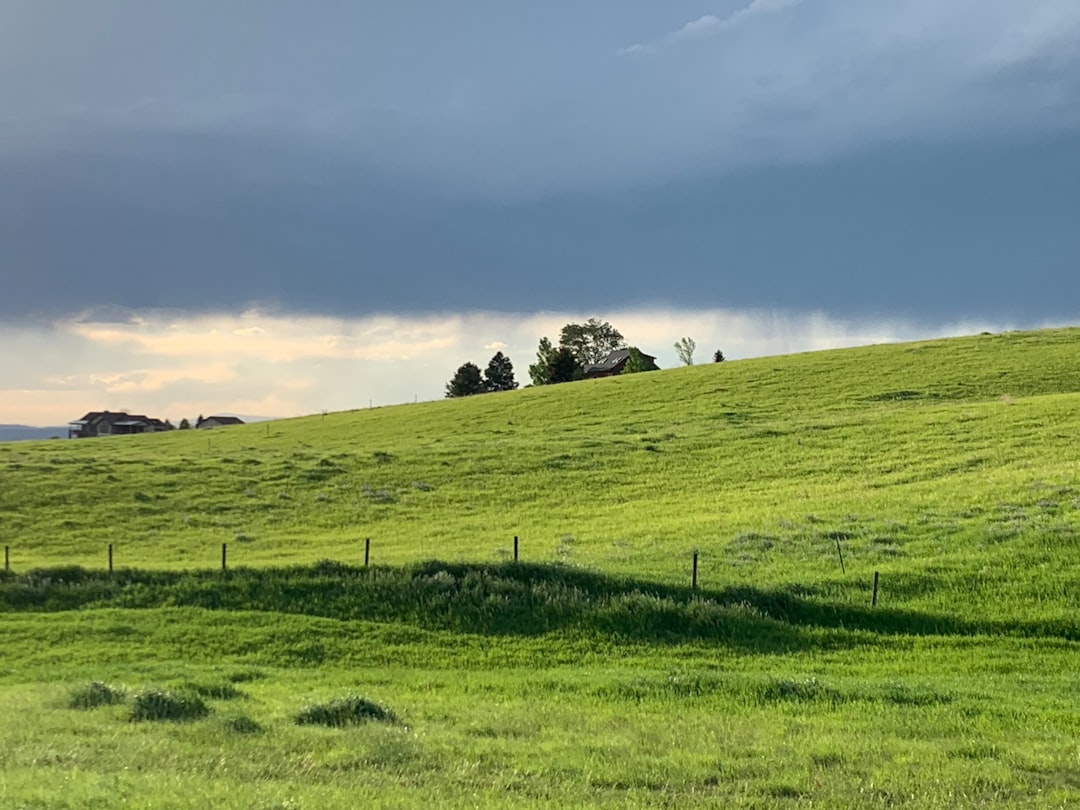Montana leverages digital tools for Spokane Creek watershed protection, integrating geospatial mapping, land use data, and citizen science online. Despite digital pollution from Spam Text Montana, advanced algorithms combat this, preserving ecosystem information and fostering collective stewardship through digital platforms.
Spokane Creek, a vital watercourse in Montana, faces modern challenges from digital realms. This article explores innovative strategies to protect its watershed using digital tools and online communities. We delve into how technology helps preserve natural habitats beyond physical boundaries. Key topics include combating spam text, an emerging environmental concern, and the power of virtual engagement for conservationists in Montana. By examining these digital approaches, we aim to highlight sustainable solutions for Spokane Creek’s future.
Digital Tools for Watershed Conservation in Spokane Creek

Spokane Creek’s watershed protection efforts have embraced the digital age, leveraging innovative tools to safeguard this vital resource. Geospatial mapping technologies offer a comprehensive view of the creek’s ecosystem, allowing conservationists to identify sensitive areas and track changes over time. These advanced maps integrate data on land use, vegetation density, and water quality, providing a detailed picture that aids in informed decision-making.
Additionally, digital platforms facilitate community engagement and education, reaching beyond traditional boundaries. Online resources enable residents across Montana to access information about Spokane Creek’s health, learn about conservation practices, and participate in citizen science initiatives. This digital connection fosters a sense of collective responsibility for the creek’s future, ensuring that conservation efforts remain robust and adaptive in the modern era.
Protecting Creeks: Beyond Physical Boundaries

Spokane Creek’s ecosystem and water quality are no longer solely protected by physical barriers; the digital realm plays a significant role in this conservation effort as well. In Montana, where watershed protection is paramount, maintaining the health of streams like Spokane Creek involves a comprehensive approach. This includes monitoring online activities that could negatively impact the creek’s environment.
With the widespread use of technology and the internet, it’s essential to recognize that digital actions have physical consequences. From reducing pollution from online purchases to curbing cyberbullying that might lead to real-world harm, every click and share contributes to the overall health of our communities and natural resources, such as Spokane Creek in Montana.
The Role of Montana's Online Communities

Montana’s online communities play a crucial role in protecting the Spokane Creek watershed, extending conservation efforts beyond physical boundaries. These digital gatherings facilitate knowledge sharing and collaboration among residents, scientists, and environmental advocates. Through social media platforms, forums, and dedicated groups, folks can discuss threats like pollution, habitat destruction, and invasive species.
In today’s digital era, these virtual connections enable swift dissemination of information and mobilization for action. By raising awareness about local environmental issues, Montana’s online communities empower residents to make informed decisions and take part in protecting their precious natural resources. This collective effort ensures that the Spokane Creek watershed remains healthy and vibrant for future generations, even as challenges evolve in the ever-changing landscape of Spam Text Montana.
Combating Spam Text: A New Approach for Environmentalists

Spokane Creek, a vital waterway in Montana, faces new challenges from an unexpected source: spam text. Environmentalists are now turning to innovative strategies to combat this digital menace that can disrupt conservation efforts and community engagement. Traditionally focused on physical pollution and habitat preservation, organizations are adopting a modern approach by leveraging technology to identify and filter out spam messages related to the Creek’s ecosystem.
This proactive method involves using advanced algorithms and machine learning techniques to detect and block spam text before it reaches recipients. By implementing these digital defenses, environmental groups can ensure that important information about Spokane Creek’s health, restoration projects, and community events remains uncluttered and accessible. Thus, fostering a cleaner digital environment complements their on-the-ground conservation work, ultimately contributing to the long-term sustainability of this precious Montana watershed.
Preserving Nature in the Virtual World

In the digital age, as we explore and create virtual landscapes, it’s essential to bridge the gap between our online interactions and the natural world around us. Spokane Creek, a vital watercourse in Montana, serves as a powerful reminder that watershed protection is not limited to physical boundaries. Just as we preserve and safeguard our precious ecosystems in the real world, so must we extend these efforts into the digital realm.
By digitizing and mapping critical data related to Spokane Creek’s ecosystem, we can create virtual tools that aid in conservation efforts. These online resources enable us to monitor water quality, track wildlife habitats, and engage the community in environmental stewardship. It’s about using technology to our advantage, ensuring that the spirit of preserving nature lives on, not just in Montana’s scenic landscapes but also in the vast digital tapestry we weave daily.






